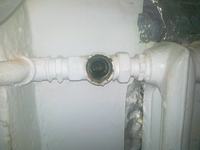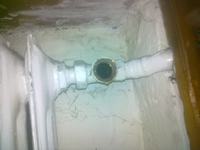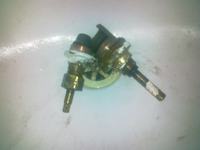maciekchn wrote: but I'm afraid that if I move this valve, there will be other threads or cus and pale ass
You take the new valve in your hand and try it on where the old one was. You will need additional elements such as nipples (maybe reducing ones), muffs or reducers. Maybe just an "extension" with the same thread is enough - different lengths are available every 1 cm. There should be so-called black, and if smaller dimensions (lengths) of these elements are required, brass ones must be used.
You twist it "dry" to match the dimensions and thread sizes, and if everything is OK, you mount it on tow and paste. A valve with a half union makes it easy to assemble.
Here I would recommend valves, e.g. herz 3/4 "or 1" with increased flow. In addition, any M30 (M28)x1.5 head.
A challenge for the inexperienced in this matter can be just unscrewing these threaded connections. Maybe it's cheaper and better to hire a professional?








